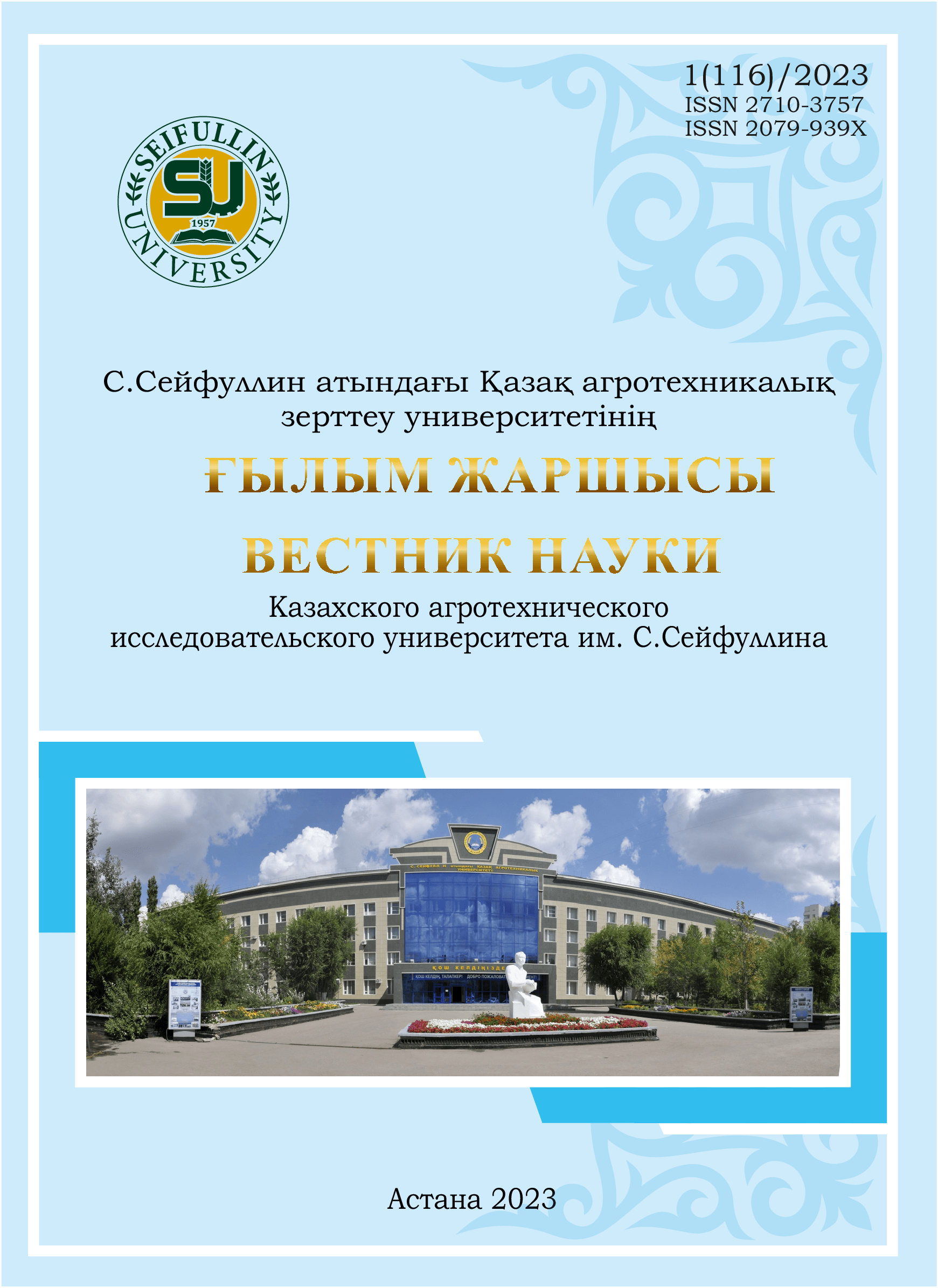INVESTIGATION OF THE EFFECT OF DIFFERENT DOSAGES OF NON-TRADITIONAL RAW MATERIALS ON THE DRYING RATE OF GLUTEN-FREE PASTA
DOI:
https://doi.org/10.51452/kazatu.2023.1(116).1300Keywords:
pasta; non-traditional raw materials; gluten-free products; functional nutrition; drying speed; recipe; nutritional value.Abstract
Pasta is considered one of the most popular dishes because of their high nutritional value, ease of preparation, and also have a fairly long shelf life. In recent years, its range has expanded significantly due to the use of various additional raw materials for pasta. It can be said that each of the additional components not only allows you to expand the range of pasta, but also meets the needs of all the population. The easiest way to improve the texture of gluten-free products is to add other functional ingredients or replace wheat flour with an alternative food, that is, add gluten-free raw materials. Corn, buckwheat, chickpeas, soybean grown in the territory of Kazakhstan were taken as gluten-free crops. Based on these domestic crops, gluten free pasta products were made.This article discusses and analyzes the effect of different dosages on the drying rate of gluten-free pasta.

